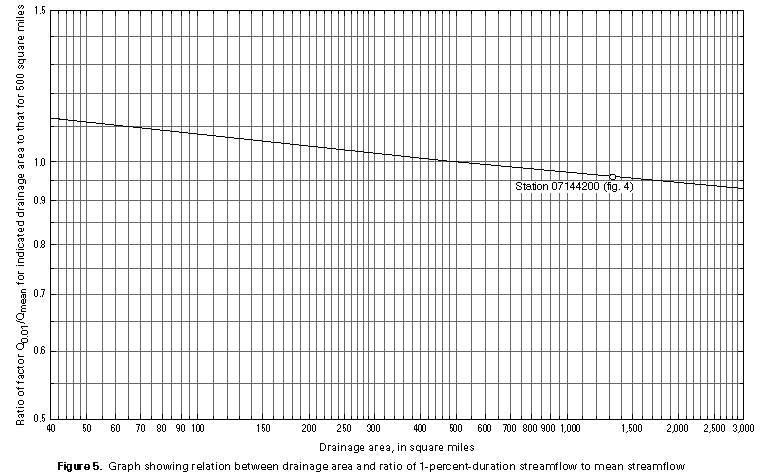S Duration
Post on: 16 Март, 2015 No Comment

o, we have seen that cash matching controls the exposure of a position to shifts in the yield curve by matching the position’s cash flows synthetically. That is, if n cash flows are realized over time, then the cash-matching approach requires that all n dimensions be managed. In contrast the approach developed in this topic requires only one measurement to be considered: the position’s duration .
A Simplified Approach to Hedging Interest Rate Risk
Before formally developing the concept of duration, let us first examine how interest rate risk affects the value of some fixed-interest security, such as a bond. Recall that the present value of a bond is given by
where C is the cash flow at time t and r is the internal rate of return of the bond.
The concept of duration was first introduced by Macaulay. It measures the interest rate sensitivity of a bond’s value and is derived as follows.
Let r be a bond’s yield to maturity, so that r solves
where C is the coupon payment, F is the face value, T is the maturity of the bond, and P is the current price of the bond. This is written as:
where
and
Then,
and
Formally, the lefthand side is the elasticity of the bond price with respect to (1 + r). It measures the percentage change in the bond price due to a percentage change in
we get
so that
is the share of the price contributed by the cash flow at time t. Then, we can write
and since
this elasticity equals the weighted average time to maturity, where the weights are the w. Macaulay’s duration is defined by

Note that the duration of a zero-coupon bond equals the maturity of the bond, while the duration of a coupon bond is less than the maturity.
Since duration measures the sensitivity of a bond (or more generally, of a sequence of future cash flows) to changes in the yield to maturity, we can attempt to manage interest rate risk using duration. As an example, suppose you have to make a payment of $1,000 in exactly two years. Then the duration of your liabilities is 2. One way to be immune to interest rate changes is to buy a zero-coupon bond with a face value of $1,000 maturing in two years. If 0 r 2 is the two-year interest rate, this costs you 1000/
(1 + 0 r 2 ), and you have perfectly matched your liabilities with your assets.
The bond immunization theorem (first derived by Samuelson) states that interest rate risk can be hedged by matching the duration of a bond with the desired holding period. The proof of this theorem exploits the fact that bond prices move inversely with interest rate risk, and that bonds of different maturities react differently to interest rate changes. As a result, if rates increase, reinvestment of a coupon can be made at higher rates, but the market value of the bond decreases; the reverse is true for a rate decrease.
We illustrate the argument using the case of a single liability, C payable at time t. Let r denote the (constant) yield to maturity. Then, the present value of the liability is
and it has duration equal to t. We will call this the first bond.
Suppose there are two zero-coupon bonds, with face values C 1 and C 2 and maturing at times t 1 and t 2. respectively, with
We will call the portfolio of these zero-coupon bonds the second bond. Assume that
where D 1 and D 2 are the durations of the two bonds.
Alternative A:
At the end of ten years, the cash flow is $109. There is no other cash flow.
Alternative B:
There is a cash flow of $22 at the end of Year 2 and a cash flow of $135 at the end of Year 18. There are no other cash flows.














